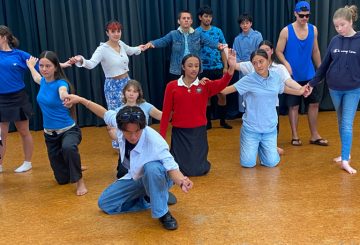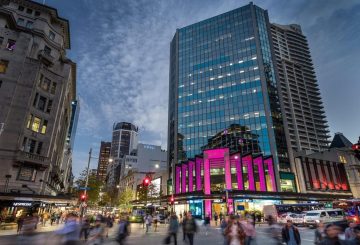금요일이 세계 수면의 날이라는 사실을 알고 계셨나요?Sealy NZ가 뉴질랜드인 (키위) 이 어떻게 잠을 자고 있는지 다시 한 번 조사했습니다.최근 연구에 따르면 뉴질랜드인의 90% 가 잠을 잘 자면 개인 생활이 개선된다고 믿고 있습니다.
전 세계 20,000명 이상의 수면 습관을 연구하는 씰리의 글로벌 수면 설문조사는 수면 전문가 킴벌리 팔코너 박사의 도움을 받아 뉴질랜드에서 실시되었습니다.목표는 키위의 수면 습관을 더 잘 이해하고 수면의 질을 개선할 방법을 찾는 것이었습니다.
연구에 따르면 ‘수면 시간’보다는 ‘수면 효율성’에 초점을 맞추는 것이 중요합니다.키위 인구의 절반 이상 (55%) 이 밤에 7~8시간의 수면을 권장하고 있지만, 충격적인 60% 는 일주일에 5일 이상 피곤함을 느끼며 잠에서 깨는 것으로 나타났습니다.놀랍게도, 뉴질랜드인 10명 중 1명은 상쾌한 기분으로 잠에서 깨어나지 않습니다.교대 근무를 하는 사람들의 경우 이 수치는 네 명 중 한 명으로 늘어납니다.
키위족의 수면 습관은 전 세계 다른 나라에 비해 수면의 질에 더 큰 영향을 미치는 것으로 보입니다.설문 조사에 참여한 모든 국가 중 뉴질랜드인이 카페인 함유 음료를 가장 많이 소비했으며, 우리 중 93% 가 매일 카페인 음료를 한 잔 이상 마신다고 답했습니다.심지어 아홉 명 중 한 명은 잠자리에 들기 직전에 카페인이 든 음료를 마십니다.
뉴질랜드에서는 취침 전 기기 사용률도 세계 평균 (77%) 보다 높았으며, 뉴질랜드 인구의 83% 가 잠들기 전에 TV를 시청하거나 전자 기기를 이용해 엔터테인먼트를 즐겼습니다.말레이시아만이 그 비율이 더 높았습니다.또한 뉴질랜드인들은 자기 전에 소셜 미디어나 메시징을 위해 기기를 사용하는 비율이 호주인보다 더 높았습니다.
흥미롭게도 휴대전화 근처에서 자는 빈도가 높을수록 상쾌한 기분으로 잠에서 깨어날 가능성이 줄어듭니다.이는 우려스러운 일인데, 뉴질랜드인의 65% 가 잠자는 동안 휴대폰을 침대 가까이에 두기 때문입니다.25세 미만의 경우 이 수치는 87% 로 급증합니다.
2024년 세계 수면의 날 주제는 “세계 건강을 위한 수면 형평성”입니다.안타깝게도 여성은 불리한 입장에 처해 있는 것 같습니다.넘어지거나 잠드는 데 어려움을 겪을 확률이 58% 더 높습니다.또한 연구에 따르면 수면 부족으로 인해 여성이 남성보다 삶에 영향을 받을 가능성이 더 높은 것으로 나타났습니다.
간단히 말해서, 뉴질랜드인들은 일반적으로 따뜻한 날씨에도 불구하고 누드로 잠을 잘 가능성이 더 높았습니다.키위 남성은 4분의 1이 누드로 잠을 잔다고 응답한 반면, 키위 여성은 12% 였습니다.





























































